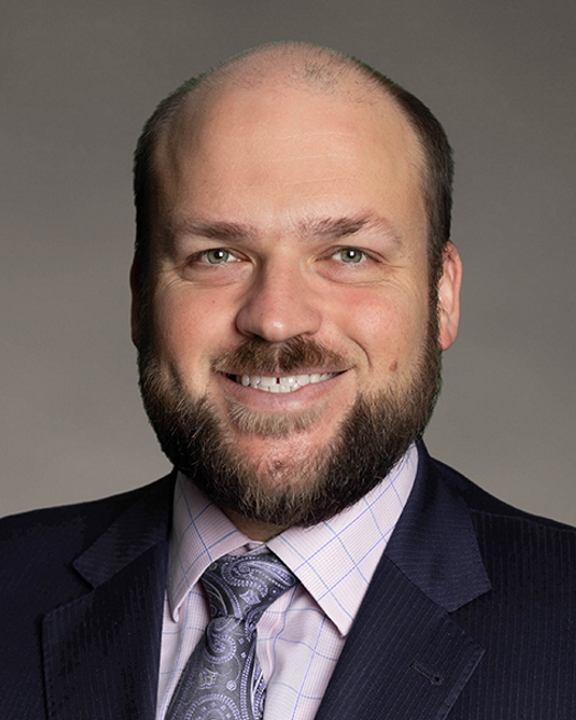Understanding Drivers of Performance
Engaging providers at a higher rate and with the right data and insights early on leads to improved clinical, quality and financial outcomes, improved provider and health plan performance, provider and member retention, and overall efficiency. Nationally, health plans and their contracted provider networks are actively working to improve performance and “catch up” with delayed care gap closure activities caused by the pandemic, while at the same time looking forward to addressing key performance indicators such as CMS’s updated Star score methodology, which doubles the value of member experience in the coming performance year.
Collaborating for Success
Effectively communicating and collaborating with network providers has a critical impact on overall performance, including the STAR and other quality scores that can have an outsized impact on health plan premium. Helping contracted networks and individual providers to understand gap and performance opportunities, having comprehensive & timely data extraction, supplemental data submission and accurate reporting are all essential to realizing score gains across all Star domains. Strong provider engagement strategies, from plan to contracted network or from plan to individual contracted providers, are a critical success factor to translate data and insights into provider action.
Deploying the Right Strategies
Best practices to keep in mind:
- Overall relationship management: Having a “relationship owner” and clear accountability on both sides of the table between the health plan and a contracted provider network, or individual provider, is critical to managing a meaningful relationship, aligning on critical success factors and achieving desired results. Health plans too often have a fractured approach when engaging with providers, whether by line of business or operational/functional area (or both), leaving providers to distill what’s most important, where to focus and who to engage for direction. The relationship owner should coordinate the maintenance of a single, centralized action plan, which is shared across lines of business, operational areas and with provider group leadership. Ultimately, the relationship owner is the person responsible for the overall relationship and key point of contact between the provider and health plan.
- Internal alignment: To make the most of a relationship owner, health plans need to internally clarify roles, align on priorities for joint operating committees across lines of business and functional areas (e.g., case management, quality, contracting, network/provider relations), by market. Ideally each line of business has a single leader, stewarding the priorities across the functional areas to the single, relationship owner with buy-in from key stakeholders. This approach results in consensus on priorities, an “easier” to manage agenda and follow through on action plans. While rudimentary, documenting accountable owners for key functions & decisions internally not only clarifies roles internally, but also makes it easier to provide clarity to providers as to whom is the responsible party by functional area, at the operational, management and executive level.
- Understanding provider (practice/group) maturity: Defining the right incentives, contractual expectations and non-contractual supports and/or initiatives requires an understanding of where the provider group or practice is with relation to practice transformation and value-based care infrastructure. Moving from a 2 Star to 3 Star, and from 3 Star to 4 Star requires different infrastructure, strategies and supports. Having a consistent assessment tool, managed by the relationship owner and deployed by a single accountable team with first-hand knowledge of the provider group, is the first step. Documenting and updating this assessment annually is essential to understanding the provider’s capabilities, opportunities and engagement level allows influencing and making the information actionable and enabling meaningful recommendations that can be adopted by provider groups.
- Meaningful, regular (monthly or quarterly) provider engagement meetings: to continuously keep a pulse on the relationship and deliverables and not lose momentum, consistent provider engagement meetings are required. They provide the framework to review actionable steps, in a shared plan with mutual accountability, and maintains transparency, while demonstrating a commitment to resourcing and managing the relationship. To enable provider performance, continuous, timely & accurate feedback on performance, opportunities and open gaps, data submission and errors in coding submissions is critical. Likewise, sharing data, root cause analyses and recommendations in advance of meetings provides the best opportunity for a meaningful, informed discussion and enables decisions to be made within the meeting. Ensuring the appropriate parties from both sides are in attendance, informed and engaged to drive action, will help in making the meetings more effective. Frequency of meetings is determined by relative provider group maturity and level of remediation or support needed. Meeting to meet or meeting without accurate data, clear action plans and decision-makers will quickly erode credibility and participation.
- Provider education and insights: General education on value based care incentives and terms, documentation and coding accuracy and how to close all visits with complete and accurate codes related to the member’s visit and member’s gaps is fundamental. However, providing practice and provider specific insights, root-cause analysis and recommendations increase the value of the relationship and individual interactions. Other educational opportunities can include front-line training, clinical programs for specific disease states, Quick reference guides, Need to know, and provision of subject matter experts, either peer providers from within the network or technical advisors have been deemed very helpful.
- Practice supports: While percent of premium relationships should generally provide the means to achieve the desired outcomes, health plans need to continually evaluate opportunities to partner with providers to enable and support member engagement and effective outreach for care gap closure. While embedded staffing may not always be tenable or financially sustainable in the long-term, sharing best practices and providing short-term support for implementation or practice transformation, workflow redesign, technology supports can provide a boost in the right direction and yield long-term value and deeper provider alignment.
A win-win
Effective provider engagement strategies ultimately lead to better clinical, quality and financial outcomes, increased provider and member satisfaction and experience, which in turn drives provider and membership retention and growth opportunities across all lines of business, particularly important for the age-in and duals populations.
COPE Health Solutions has national expertise and experience working with health plans and provider groups to construct more effective strategic relationships and aligning financial incentives, as well as supporting providers in navigating the path to global risk. Contact info@copehealthsolutions.com for information on how we can help your organization manage risk.

